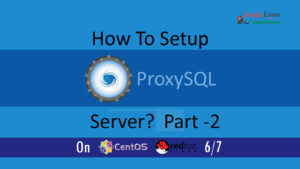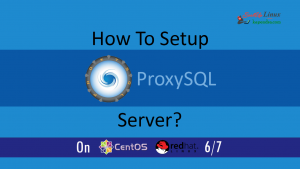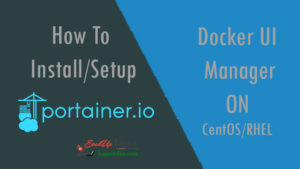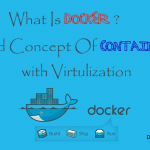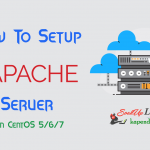Contact Us

How To Handle Minikube(Cheatsheet)-2? K8s – Part: 8
In the previous article, you read minikube Cheatsheet -1 to handle the minikube. Now follow more commands to handle the Minikube.
COMMAND 13: Bring Up the dashboard
It is quite easy to set up the Kubernetes dashboard in Minikube by just running the below command.
[root@kmaster ~]# minikube dashboard Opening kubernetes dashboard in default browser...
This will pop up the dashboard on your default browser
COMMAND 14: Get the Dashboard URL
If you are now interested in launching the dashboard in a browser or need to get a URL only then hit the below command to get the URL of the dashboard
[root@kmaster ~]# minikube dashboard --url=true http://192.168.99.100:30000
COMMAND 15: To SSH minikube vm
The shown command is used to get ssh access in the minikube to perform any task required for your setup.
[root@kmaster ~]# minikube ssh
COMMAND16: To Get Running Services List
This command will help you to get the list of all running services.
[root@kmaster ~]# minikube service list
COMMAND 17: Stop Your Minikube Setup
If you need to stop your Minikube cluster setup then run the following command
[root@kmaster ~]# minikube stop Stopping local Kubernetes cluster... Machine stopped.
COMMAND 18: To recreate your Minikube setup
If your cluster is not working and you want to recreate your cluster then run the following command to achieve the same
[root@kmaster ~]# minikube stop [root@kmaster ~]# rm -rf ~/.minikube [root@kmaster ~]# minikube start
COMMAND 19: To Delete Minikube cluster
Run this command when you are really sure to delete your Minikube. This will delete your Minikube cluster
[root@kmaster ~]# minikube delete Deleting local Kubernetes cluster... Machine deleted.
COMMAND 20: To Dump All the Cluster Info
This cluster dump command is really useful when you need all the information of your cluster and need to troubleshoot your cluster or want to keep current cluster information.
[root@kmaster ~]# kubectl cluster-info dump > minikube_cluster_dump.txt You may your cat command to see all the information.
COMMAND 21: List node (It must be only 1 i.e. Minikube)
A typical kubectl command but can be used to get the number of nodes.
[root@kmaster ~]# kubectl get nodes NAME STATUS ROLES AGE VERSION minikube Ready master 57m v1.10.0
Section 2: Minikube App Deployments & Administration
The following section will help you deploying applications over Minikube
COMMAND 22: To create an APP deployment
[root@kmaster ~]# kubectl run nginx-test --image=nginx --port=80 deployment.apps/nginx-test created
COMMAND 23: To expose your deployment to a Node port
[root@kmaster ~]# kubectl expose deployment nginx-test --type=NodePort service/nginx-test exposed
COMMAND 24: To Get the Status of any deployment
[root@kmaster ~]# kubectl get deployment NAME DESIRED CURRENT UP-TO-DATE AVAILABLE AGE nginx-test 1 1 1 1 13m
Read cheatsheet-3 for more commands.
Kubernetes Series Links:
Understanding Kubernetes Concepts RHEL/CentOs K8s Part-1
Understanding Kubernetes Concepts RHEL/CentOs k8s: Part-2
How to Install Kubernetes on CentOS/RHEL k8s?: Part-3
How to Install Kubernetes on CentOS/RHEL k8s?: Part-4
How To Bring Up The Kubernetes Dashboard? K8s-Part: 5
How to Run Kubernetes Cluster locally (minikube)? K8s – Part: 6
How To Handle Minikube(Cheatsheet)-3? K8s – Part: 7
How To Handle Minikube(Cheatsheet)-3? K8s – Part: 8
How To Handle Minikube(Cheatsheet)-3? K8s – Part: 9



